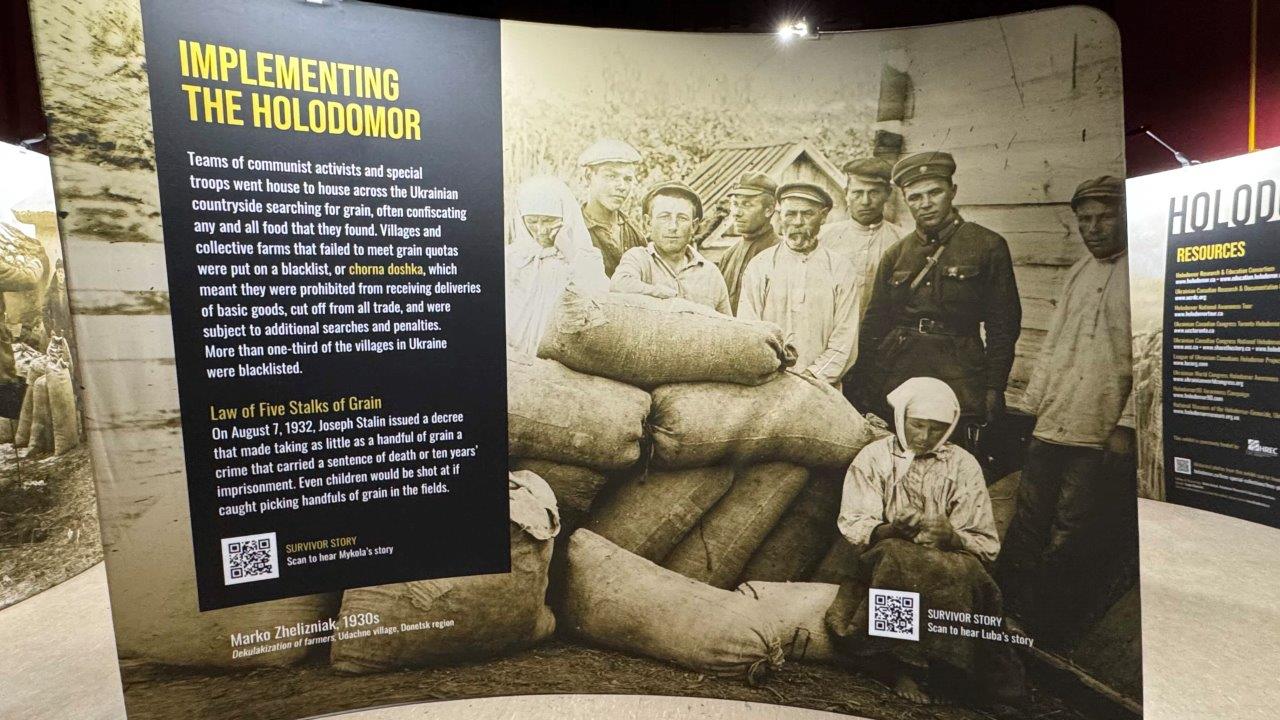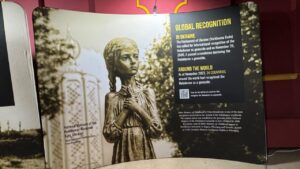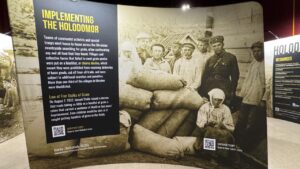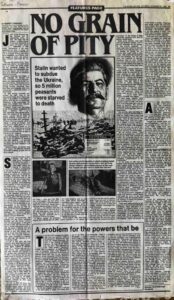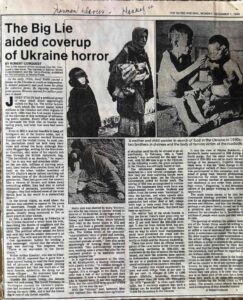Today we want to remind you of this story again.
This is the testimony of Valentyna Vlasenko about the Holodomor.
About her grandfather, Sydir Letuchy, who was deprived of everything — his land, his livestock, his right to live.
He lay down on the wooden loft, put a handful of straw under himself — and never got up again.
This is not fiction. This is not a metaphor.
It is the voice of a Ukrainian woman who preserves the memory of her grandfather — and of the millions who were destroyed by the system.
People often say: these were just the “splinters” of industrialization. That the famine was not only in Ukraine.
Yes, there was famine in 1921 and in 1946 as well. But in 1921 the whole world was helping Russia, and the famine was not concealed.
In 1933 in Ukraine it was different: the famine was deliberately silenced, villages were blocked, people were not allowed to leave — and these measures were not applied in the same way to the famine-stricken regions of Russia.
In Ukraine, it was necessary to deliberately crush resistance to collectivization.
In 1930, 4,098 peasant uprisings were recorded here — around 956,000 participants.
Peasants protested against total collectivization, dekulakization, grain requisitions, the closure of churches, against a regime that took everything down to the last grain.
The Holodomor of 1932–1933 became the decisive instrument to suppress this resistance.
The story of grandfather Sydir Letuchy is only one of countless such stories.
These photos are from the Holodomor exhibition that took place in Toronto at the St. Volodymyr Institute from October 28 to November 22, 2025.


